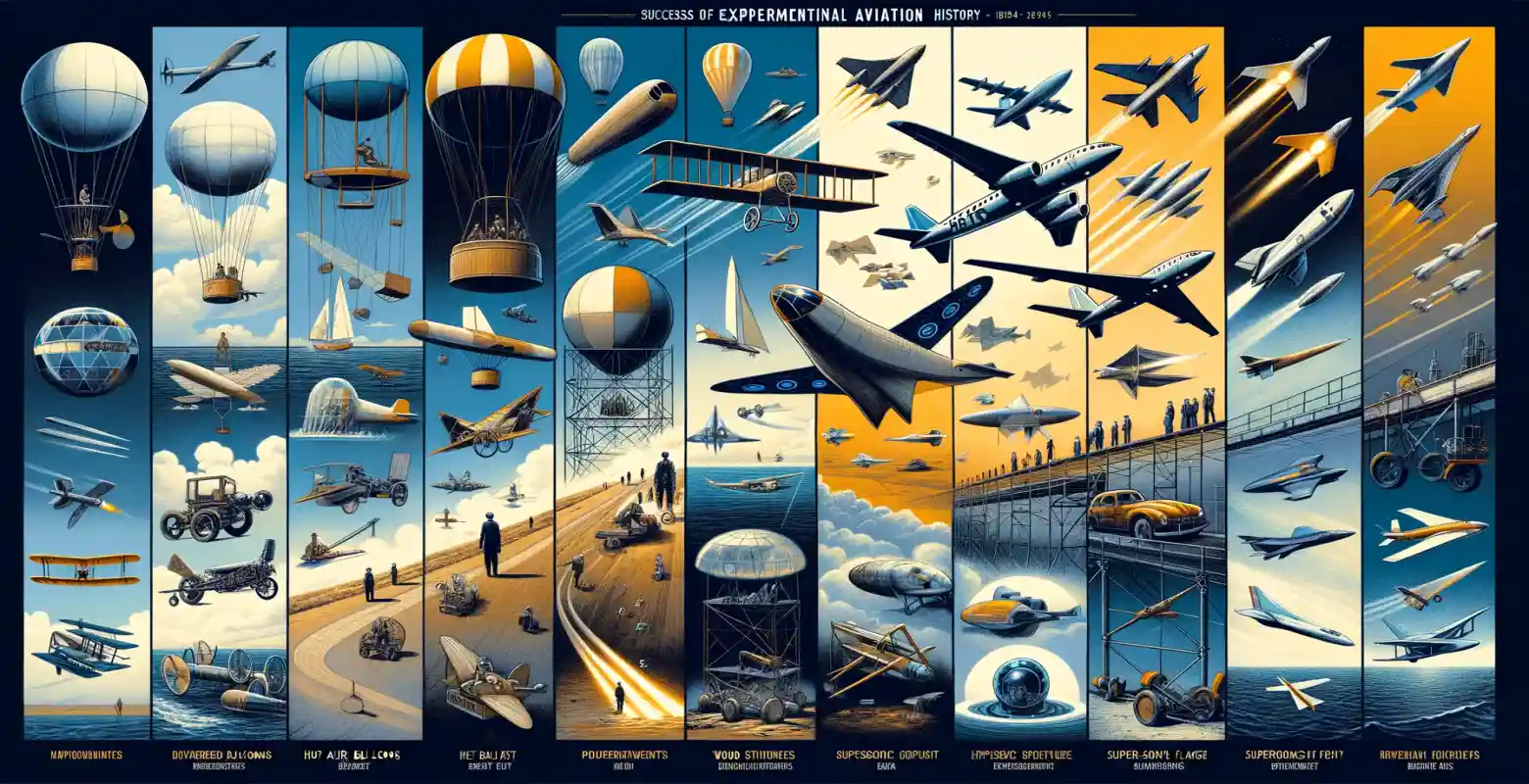Greatest successes of experimental aviation
Introduction
Experimental aviation has always been the driving force behind progress in the field of aviation. Thanks to bold projects and innovative ideas that surpass their time, many successes have been achieved that have changed the way we perceive the possibilities of aviation. In an era where technology is developing at a rapid pace, experimental aviation projects offer insight into the future of air travel. In this article, we will look at the greatest successes of experimental aviation, understand their significance, and potential impact on the future of the aviation industry.
History and Development of Experimental Aviation
The beginnings of experimental aviation date back to the early 20th century, when the Wright brothers made the first successful attempts with a heavier-than-air aircraft. These experiments laid the foundation for subsequent innovations that contributed to the dynamic development of aviation. In the 1950s and 60s, experimental aviation gained importance through programs such as the X-15, which enabled research in the field of hypersonic flights. It was thanks to such projects that the necessary data was collected for future space missions.
Major Technological Achievements
One of the most significant successes of experimental aviation is the development of stealth technology. Projects such as the Lockheed Martin F-117 Nighthawk, emerged from intensive research on reducing radar detectability. This led to the creation of aircraft invisible to radars, revolutionizing contemporary aerial combat techniques. Another important achievement is the development of hybrid and electric propulsion, which is gaining popularity in light of the growing need to reduce emissions by the aviation industry.
Examples of Groundbreaking Projects
Among the most innovative projects in experimental aviation, it is worth mentioning the Boeing X-48, which tested the concept of a tailless aircraft to improve aerodynamic efficiency. Another example is the Airbus E-Fan X, which explored the possibilities of electric propulsion in commercial aviation. It is also worth mentioning the Virgin Galactic project, which aims to realize suborbital flights for tourists, opening up new possibilities in commercial space travel.
Challenges and Future of Experimental Aviation
Experimental aviation faces numerous challenges, including research and development costs, legal regulations, and safety issues. Nevertheless, the prospects for the future are promising. As technology becomes more advanced, experimental aviation projects can bring benefits in the form of more sustainable and efficient solutions. Examples include the development of hydrogen-powered aircraft concepts, which can significantly reduce the aviation industry's carbon footprint.
Summary
Experimental aviation plays a crucial role in shaping the future of the aviation industry. Through innovative projects and daring experiments, it is possible to discover new technological and operational possibilities. Although the industry faces many challenges, its importance in the context of the future of aviation is invaluable. Further development in this field can bring benefits to both the industry and the environment, offering more sustainable and efficient ways of traveling.






Number of comments: 0